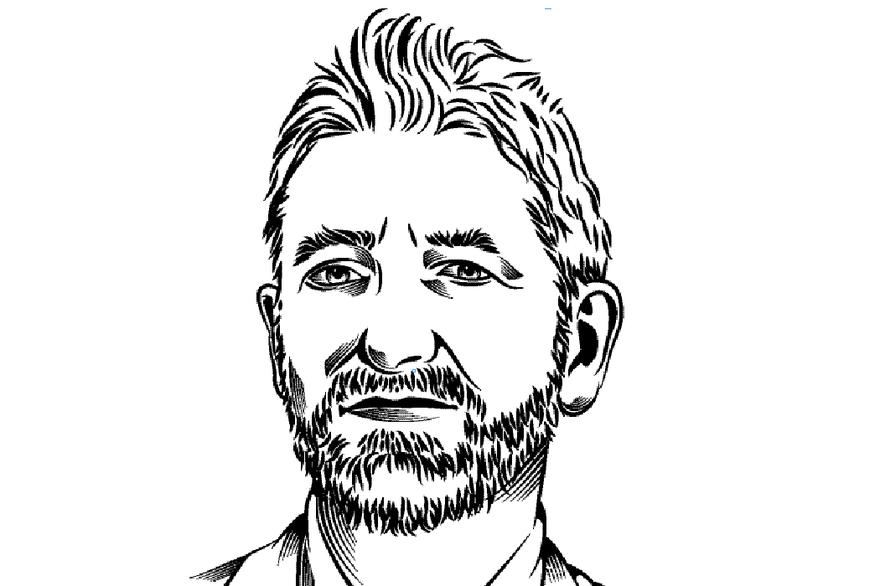Last week I talked about how data centers have become part of politics. This week let’s see what we will hear about in 2016.
In a nutshell, political decisions will push data centers around the globe, the people that own them will shift, and the data centers themselves will start to coalesce into a new classification.
Data center refugees
Political issues will take up a lot of attention in 2016. States and countries are competing to offer tax exemptions for data centers, and facilities will distribute themselves where the opportunities are best - like economic migrants.
Meanwhile changes to rules about privacy and data residency will make data centers into political refugees. The Russian data laws require citizens’ data to remain in the country, and the fall of the European Safe Harbor rule will likewise force data to move across from the US.
These two pressures will overlap and create a pattern of data center migration. I think we will see plenty more data centers opening in Europe and Russia, and in Asian countries where the politics encourages it.
Some data centers can’t migrate of course. These are the edge facilities - more on them later.
Telcos don’t quite leave
We will also see more telecoms firms unloading their data centers onto business partners better able to manage them. But the telcos will still have massive influence on data centers.
Any telecoms firms unwise enough to attempt to compete in the cloud will certainly get out. The whole point of both cloud and colocation is to be carrier-neutral, and if you are a carrier you can’t really be carrier-neutral.
However, the telcos own the crucial connections and have a ready supply of customers. The data centers they sell will turn into channel partner deals, and the role of communications in data centers will become clearer.
Front-of-cloud and back-of-cloud
The capabilities of networks will drive a reshaping of the data center industry, as the concept of “edge” and “core” evolves. We could see a picture emerge, in which we refer to data centers as either “front of cloud” and “back of cloud” facilities.
“Front of cloud” facilities will deal directly with the end user and the sensors of the Internet of Things. These facilities will use the conventional Internet for communications, and will be positioned as close as possible to their clients (whether they are TV-guzzling people, or sensor-enabled streetlamps)
Meanwhile, “back of cloud” data centers will broker very fast connections between underlying service providers, all located close to each other, bypassing the latency and unreliability of the Internet.
Netflix has its “back of cloud” functions on Amazon, and its “front of cloud” functions on its own proprietary content delivery network. Equinix is evolving to a “back of cloud” hub, by expanding its Internet Business Exchange (IBX) idea, which started out as a way to give finance firms better performance by persuading them all into the same facilities, where they can have direct connections. It’s now offering the same thing to other industries, and calling it Interconnection Oriented Architecture.
This perspective will change things. In 2016, it will drive some big and surprising deals.
A version of this article appeared on Green Data Center News




